All Categories
Products or Suppliers
Content Hub
Product Zone
Sponsorship
& Membership
CPHI & PMEC
China
Active Pharmaceutical Ingredients
Intermediates&Fine Chemicals
Bio Products
Natural Extracts
Finished Dosage
Pharmaceutical Excipients
Food Additive
Feed Additives
Outsourcing Contract, Custom service, Consultation
Medical aesthetic skincare
API Equipment
Pharmaceutical Packaging Machinery
Preparation Equipment
Fluid Equipment
TCM Machinery
Pharmaceutical water equipment
Refrigeration Equipment
Packaging Materials
Laboratory
Clean Technology
Environmental Protection Equipment
Parts and Components&Informatization Products
Measuring Instrument
Other Consumables
Logistics
Vitamin
Tetracycline
Penicillin
Cephalosporins
Hormones
Amino Acids and Derivatives
Aminoglycoside
Macrolides
Sulfonamides
Chloramphenicols
Lincomycin
Respiratory System Drugs
Antipyretic Analgesic
Digestive System Drugs
Cardiovascular System Drugs
Central Nervous System Drugs
Anesthetics
Other Anti-Infective Drug
Antiparasitic
Other Active Pharmaceutical Ingredients
Pharmaceutical Intermediates
Pesticide intermediates
Reagent
Bio Technology Service
Plant Extracts
Animal Extracts
Anti-tumor Preparations
Antiparasitic Preparations
Anti-allergy Preparations
Antibiotics and Antiviral Preparations
Anti-tuberculosis and leprosy preparations
Dermatological Preparations
ENT Preparations
Digestive System Preparations
Respiratory System Preparations
Circulatory System Preparations
Nervous System Preparations
Blood System drug Preparations
Urinary and Reproductive System Preparations
Regulate Immune Function Preparations
Preparations for Regulation of Water, Electrolyte and Acid-base Balance
Vitamins, Minerals and Amino Acids Preparations
Enzymes and other Biochemical Preparations
Antipyretic and Analgesic Preparations
Nourishing Medicine
Hormone-related Drugs
Endocrine and Metabolic Preparations
Detoxification Preparations
Cardiovascular Preparations
Other Finished Dosage
Excipient
Disintegrants
Lubricants
Glidant
Coating Material
Plasticizer
Enteric-Coated Material
Surfactant
Menstruum
Antioxidant
Opacifier
Correctives
Sweetening Agents
Flavours and Perfumes
Colorant
Transdermal Enhancers
Filtering Aid
Fining Agent
Preservative
Stabilizing Agent
Ph Control Agents
Catalyst
Research of Medicament under the Contract
Production of Medicament under the Contract
service
Chemical and Biochemical Reactors
Drying Equipment
Crystalling Equipment
Centrifuge
Extraction Plant
Heat Exchanger
Storage Tanks, Containers
Filtration separation
Evaporating Equipment
Distillation Equipment
Screening Machine
Sterilizing Equipment
Filter press equipment
Homogenizer Equipment
Mixing Equipment
CIP System(Clean in place)
Herbal medicine Concentration Equipment
TCM Pulverizer
Pill Making Equipment
Slice Machine
Herbal medicine Drying Equipment
Herbal medicine Extraction Equipment
TCM Cooking Equipments
Drop Pill Equipment
Honey Pill Machine
TCM Deposition Equipment
Herbal medicine Fermentation Equipment
Other TCM Machinery
Water Purification Equipment
Spare Part
Purification Equipment
Purification Test Instrument
Clean Clothes/Clean Cap/Clean Shoes
Clean Bench
Air Shower Room
Air Purification
Cleanroom
Purifying Engineering
Cleanroom Consumables
Flooring Materials
Low Temperature Refrigeration
Air Conditioner
Cold Storage
Refrigeration Auxiliaries
Compressor
Other Refrigeration Equipment
Seals
Sanitary Fittings
Pumps
Valves
Cylinders
Drive Equipment
Reducers
VFD (Variable Frequency Drive)
Bearing
Stainless Steel
Plastic
Pipes and Pipe Fittings
Vacuum Equipment
Air Compressor
Fan
Compressor
Laboratory Construction
Glass bottles & Vials
Composite Materials
Aluminum Foil
Plastic Bottles
Rubber Stopper
Gasket
Trays
Lidding Materials
Hoses and Fittings
Spray Pump
Packaging Bag Valve
Printing Services
Labelling
Security Taggants & Markings
Printed Drugs Packaging
Prefillable Syringes
Desiccants
Capsule
Fine Chemicals
Analytical Instrument
Laboratory General Equipment
Microbe Extracts
Qualification Equipment
Other Dipstick Consumables
Biologics
Functional Food Raw Materials
Food & Beverage Raw Materials
Nutrition & Health Product Raw Materials
Dietary Supplements
TCM Raw Materials
Cosmetics Raw Materials
Inhalant Packaging
Laboratory Consumable
Filter Paper
Filter Paper Board
Life Science Instrument
Intelligent Logistics
Cold chain Technical &Materials
Logistics Equipment &Materials
Storage Equipment &Materials
Logistic Services
Third-party logistics
Dangerous Goods Logistics
Level instrument
Pressure gauge
Thermometers
Flow meter
Gas analysis instrument
Liquid analysis instrument
Pharmaceutical Paper
Glass Tube
Fermenter Equipment
Granules Machinery
Tablet equipment
Capsule equipment
Crushing equipment
Liquid preparation equipment
Biopharmaceutical Equipment
Other preparation equipment
Inner packaging equipment
Outer packaging
Auto-injector Pen
Cartridges
Other pharmaceutical packaging equipment
Pharmaceutical water equipment
Ultrapure Water System
Solution Preparation System
Membrane Module
Containment System
Effluent treatment
Gas treatment
Waste residue treatment
Environmental Monitoring
Other Environmental protection
Other Measuring Instrument
Sanitary Pressure Vessel
Other Logistics
Plastic particles
Propellant
Injection Raw Materials and Ingredients
Active Ingredients
Innovative Materials
Medical Aesthetic Freeze-Dried Powder Vials
Medical Aesthetic Consumables
IVD (In Vitro Diagnostics) Consumables
Other Medical Aesthetics & Skincare
Alkaloids
Other Antibiotics
Phospholipids
Prostaglandins
Veterinary drugs and feed
Chiral Intermediates
Advanced Intermediates
Veterinary drug intermediates
Probiotics
Anesthetic Preparation and Auxiliary Preparations
Other Preparations
Emulsifying/Solubilizing Agents
Microencapsulation
Solvents
Suspending/Viscosity Increasing Agents
Tablet Binders
Tablet Filler-binders
Wetting/Solubilizing Agents
Custom Manufacturing
Concentrator Equipment
Glass lining equipment
Microfiltration
Ultrafiltration
Auxiliary Equipment
Distilled water machine
Ion-exchange equipment
Primary Packaging
Drug delivery systems
Prefillable Inhalers
Pharmaceutical Tubes
Other Primary Containers
Secondary Packaging
Sustainable Packaging
Contract Packing
Package Inserts
Tamper-Evident Seals
Air Filter
Nozzle, Tank Cleaning Machine
Automation & Informatization Products
Other Intermediates
Other Excipients
Other API Machinery and Equipment
Other Water Treatment Equipment
Other Cleaning System
Others Parts and Components
Other Fluid Equipment
Other Packaging Materials
Antibody/Antigen
Protein/Antigen/Polypeptide
Protein Detection
Protein Analysis
Protein Separation and Purification
Protein Modification
Enzymes
Nucleic Acid /Protein Synthesis
Nucleic Acid Analysis
Nucleic Acid Testing
Nucleic Acid Purification
cDNA Synthesis or Purification
RNAi Technology
PCR/Rt-PCR
Plasmid/Vector Construction
Library and Construction
Cloning and Expression
Expression Analysis
Cell
Stem Cell
Cell Culture
Cell Biology
Biochemical Ingredients
Chemical Reagent
Immune Detection
Clinical Test Reagent
Test Reagent
Drug Screening
Animals/Plants
Standard Substance /Reference Substance
Microorganism
Other Reagent
Thesis/Research Paper Outsourcing
Molecular Biology
Cell Biology
Microorganism
Immunology
Albumen/ Proteome
Biochip
Bioinformatics Service
Instrument Testing/Maintenance
Laboratory Animal Service
Other Technology Services
Synthesis Customization
Pharmaceutical Chemistry
Pharmacokinetics Research
Formulation Development/Pre-formulation Development
Pre-Clinical Trial
Clinical Trials
Biopharma Research and Development
Computer-aided Drug Design (CADD)
Process Scale-up
Biological Testing
High-Effectiveness Drug Development
Data Management
Other Outsourcing
Process Development/Optimization
Formula Development/Optimization
Clinical Trial Medications
Biological Active Pharmaceutical Ingredients Production
Intermediate Manufacturing
Contract Manufacturing of Dosage form Drugs
Contract Manufacturing Outsourcing
New Drug Application
Capital & Financial Service
Consultation
Clinical Trial Management
Junior Business Consultant
Legal Services
Logistics Analysis
Regulatory Consulting
Training
Other Services
Ointment Filling-sealing Machine、Vacuum Mixer
Eye Drug Machinery
Syrup Machinery
Powder Filling Machine
Soft Gelatin Capsule Machinery
Injection Medicine Machinery
Hard Capsule Filling Machine
Suppository Drug Machinery
Oral Liquid Machinery
Medicine Film Drug Machinery
Aerosol Drug Machinery
Powder Injection Machinery
Infusion Medicine Machinery(中文站有输液剂机械的三级分类)
Tablet Press
Coating Machine
Medicine Filling Machine
Pneumatic Cracker
Medicine Material Grinding Machine
Low Temperature Pulverizer
Pharmaceutical Milling Machinery
Pharmaceutical Machine Milling
Super Micro Mill
Granulator
Bottle Conveyer
Disk Type Bottle Straightening Machine
Bottle Washer
Vial Sealing Machine
Conveyer For Medicine Material
Labelers, Label Printers
Blister Packaging Machine
Container Sealing Machine
Lettering machine
Multi-functional Bottle Packaging Machine
Sachets Cartoner Packing line
Bag Packaging Machine
Box Packaging Machine
Strapping machine
Paper Film Packaging Machine
Printing Device
Instruction Booklet Folding Machine
Blister Packaging Machine
Bundling Packaging Machine
Incubator
Test Chamber
Thermostatic equipment
Drying equipment
Oscillator
Stirrer
Homogenizer / mixer
Moisture Analyzer
Thermal Analyzers
Spectrometers
Mass Spectrometry
Chromatography
Chromatography Accessories / Consumables
Particle Size Analyzer
SuperSonic Washing Machiners
Purification equipment
Water treatment equipment
Metrological Instruments
Tablet Inspector
Purification Equipment
Hardness Tester
Dissolution Tester
Other Laboratory General Equipment
Tabletop
Laboratory Bench
Storage Cabinets
Air Discharge Equipment
Epoxy Resin Board
Corrosion-resistant Laboratory Bench
Solid Physiochemical Board
Frp Table Board
Laboratory Faucets
Sink / Cup Slot
Drip Rack
Pipettor
Glass Instrument
Rotating Evaporator Instrument
Other Laboratory Complete & Ancillary Equipment
Densitometer
Temperature Measurement
Polarimeter
Refractometer
Microwave Digestion
Microwave Synthesis
Viscometer
Rheometer
X-ray Structure Analysis
Zeta Potential Analysis
Online Process Instrumentation
Certification
Yeast & Yeast Extracts
Vaccine
Chemical Reagents
Consumables
Other Laboratory Consumable
Safety Cabinet
Sterilizing installation
Other Biopharmaceuticals
Other Natural Extracts
Filters
Filter Presstem
Filtration System
Filter Cartridge
Filter Bag
Filter Mesh
Filter Cloth
Filter Membrane
Other Filtration Equipment
Granulator
Pulverizer
Tablet Press
Counting Machine (Tablet)
Other Preparation Machinery for Solid Medcine
Coating Machine
Other Tablet Equipment
Capsule Filling Machine
Capsule Production Line
Other Capsule Filling Equipment
Other Crushing Equipment
Mixing Tank/Blender
Emulsifier
Other Mixing Equipment
Other Injectable Equipment
Bioreactor
Biological Fermentation System
Cell Preparation and Filling
Isolator
Disposable Biotechnology Equipment
Centrifugal Separation System
Filtering System and Consumables
Other Biopharmaceutical Equipment
Freeze Dryer
Vacuum Packaging Machine
Automatic Packaging Machine
Horizontal Pillow Packaging Machine
Vertical Packaging Machine
Aluminum Foil Packaging Machine
Granule packaging machine
Liquid Packaging Machine
Powder Packaging Machine
Tablet Packaging Machine
Other Pharmaceutical Inner Packaging Equipment
Cartoning Machine
Casing Machine
Coding Machine
Other Pharmaceutical Outer Packaging Equipment
Intravenous Infusion Set Assembly Equipment(Pen Assembly Equipment)
Injection Molding Equipment
Pre-filled Syringe Production Equipment
Other Analytical Instrument
Purification Equipment
Synthesis/Reaction Equipment
PCR
Electrophoresis/Gel Imaging/UV Detection
Microbial Detection Instrument
Laboratory Low-temperature Storage
Chip System/Accessories
Transfection/Cell Fusion
Microplate Reader/Enzyme Labeling Instrument
Cell Factory
Cell Analysis
Biological Microscope/In Vivo Imaging
AI Computing Platform and Laboratory Automation Platform
Synthesizer
Animal Experiment Instrument
Other Life Science Instrument
Hyaluronic Acid
Collagen
Botulinum Toxin
Peptide
Other Injection Raw Materials and Ingredients
Ceramide
Ectoin
Niacinamide
Asiaticoside
Ergothioneine
Chitosan
Other Active Ingredients
Exosome
Recombinant Collagen
Composite Biomaterials
Other Innovative Materials
Regenerative Materials
Veterinary API
Animal Breeding
Veterinary Biologics
Veterinary Pharmaceuticals
Other Veterinary
Regulated Fine Chemicals
Reagent
Other Fine Chemicals
Tissue Culture Medias
Biocatalysts
Cytokines
Peptides
Biochemistry Reagent
Sera and Vaccines
Computer Software
Analysis and Validation
Contract Analysis/Testing
Custom Purification and Separation
Contract Manufacturing/Exclusive Synthesis of Fine Chemicals
Synthetic Organic Chemistry
Other Custom Manufacturing
API Contract Manufacturing
Separation equipment
Box filling & sealing machine
Bottle Filling Line
Cap Screwing Machine
Screw Capping Machine
Heat Shrink Packaging Machine
BFS Bottlepack Machine
Injection & blow molding machines
Palletizing equipment
Contaners
Weighting Equipment
Packaging Testing Equipment
Conveying equipment
Counting Machine
Track & Trace
Serialization System
Lamp Inspection Machine
Metal Detector
Batching system
CIP cleaning system
Lifting Charging Machine
Dispensing Bottles
Blister Packaging
Films
Accessories
Producer Packs
Vials
Ampuls
Injectors
Other Drug delivery systems
Metered Dose Inhalers
Dry Powder Inhalers
Composite Tubes
Plastic Tubes
Metal Tubes
Other Pharmaceutical Tubes
Containers
Prescription Containers
Mini-Bags
Strip Packs
cardboard packaging
Shrink Wraps & Bands
Other Secondary Containers
Balance
Testing Instrument
Shaker
Cylider
Test Tube
ELISA
Medium
Biochemical Instruments
Optical Instrument
MES System
Sensors
Controllers & Drivers
Automation Software
Other Automation & Informatization Products
Others
MIMETAS,a leading company in the field of organ-on-a-chip-based disease models, announces that it has launched its Adult Stem Cell (ASC)-derived tubular organoids in an assay-ready format.
March 8, 2023
by PharmaSources
How quantum computing help non-animal testing in pharma. Quantum has the potential to disrupt drug discovery.
September 26, 2021
by Sarah Harding
The UK Institute of Cancer Research, London (ICR) researchers have created a three-dimensional (3D) structure of a complex of molecules for new therapies.
December 21, 2020
by pharmaceutical-technology
Osteopore, a medical device company that designs and manufactures regenerative implants made via 3D printing, has been highly commended at the prestigious TCT Awards where industry leaders celebrate innovators ...
October 24, 2019
by En-CPhI.CN
Focus on producing recombinant human collagen-based bioink for 3D bioprinted organ transplants.
August 22, 2019
by contractpharma
A new 3D printing technique allows researchers to replicate biological structures, which could be used for tissue regeneration and replica organs…
April 30, 2019
by europeanpharmaceuticalreview
Scientists have succeeded in printing 3D structures with living cells, this enables the production of micro building blocks that are viable and can be used for repairing damaged tissue…
April 29, 2019
by europeanpharmaceuticalreview
3d simulation gives authentic representation of left-hand heart mechanisms.
April 25, 2019
by europeanpharmaceuticalreview
Using the 3D heart tissue, scientists were able to correctly predict cardiotoxic effects based on changes in the beating rate, even when these were not detected by conventional tests.
June 12, 2017
by biospectrumasia
Get alerted on the PharmaSources E-Newsletter and Pharma Sources Insight E-Compilation!
Subscribe
Note: You can unsubscribe from the alerts at any time.
Get alerted on the PharmaSources E-Newsletter and Pharma Sources Insight E-Compilation!
Subscribe
Note: You can unsubscribe from the alerts at any time.
Most popular
Pharmaceutical Supply Chain Management: Challenges and How to Mitigate Them
Muhammad Asim Niazi
Mar 31, 2025
Pharma Sources Insight January 2025: What are Reshaping Pharma's Future?
Pharma Sources Insight
Jan 9, 2025
Digitalization in Procurement: From AI Forecasting to Blockchain Traceability
Saher Haider
Sep 19, 2025
InnoCare Pharma and Zenas BioPharma Announce License Agreement Granting Zenas Rights for Three Autoimmune Product Candidates, Including Orelabrutinib, a BTK Inhibitor in Phase 3 Development for Multip
InnoCare Pharma
Oct 8, 2025
New Products MORE

5-Chlorovaleronitrile
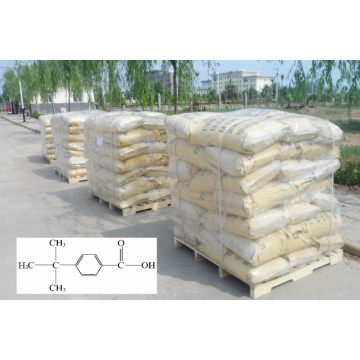
4-tert-Butylbenzoic acid

5-Chlorovaleryl chloride
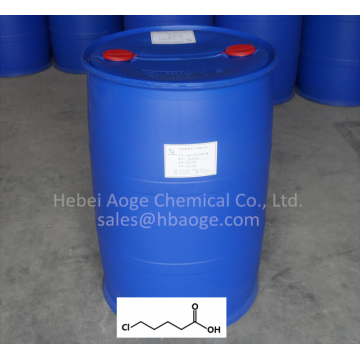
5-Chlorovaleric acid

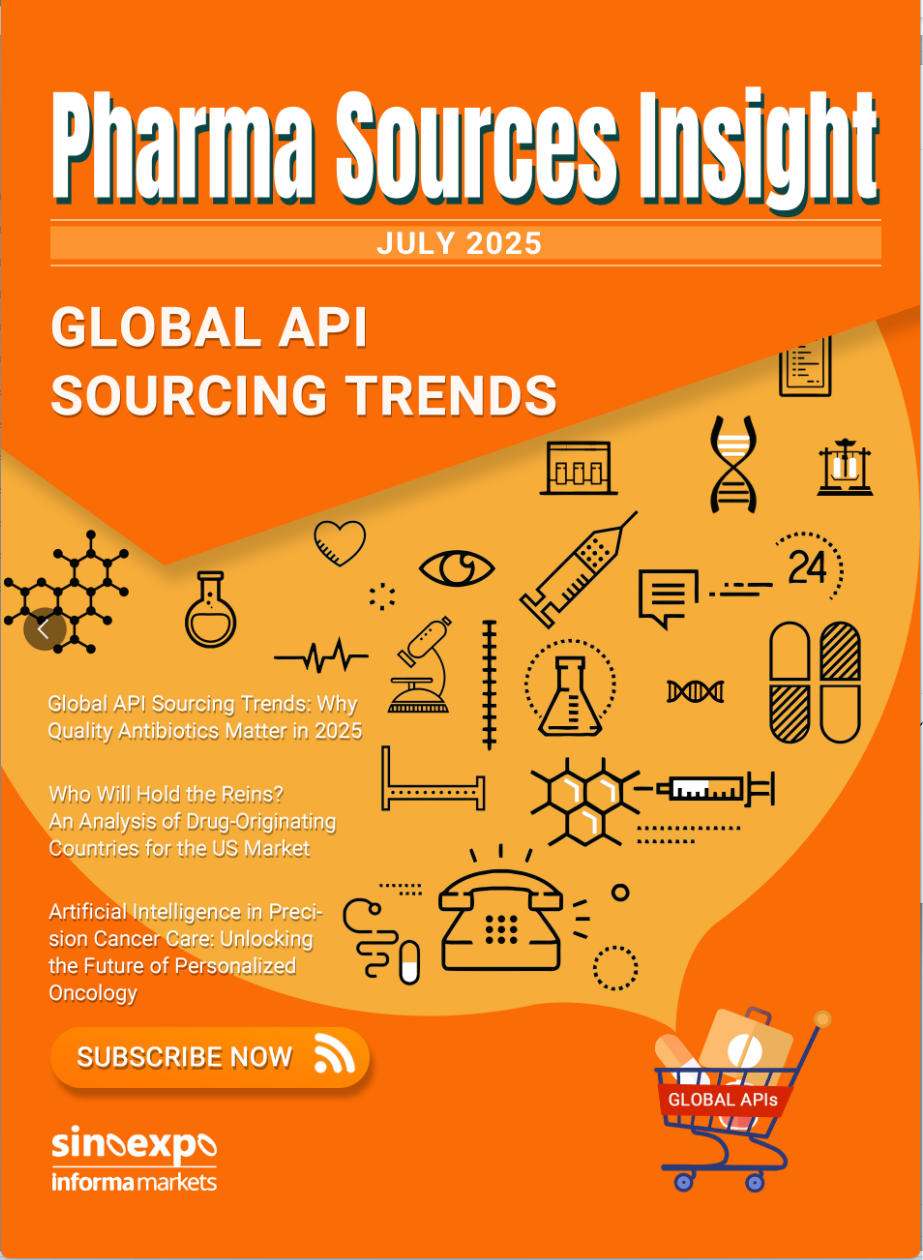
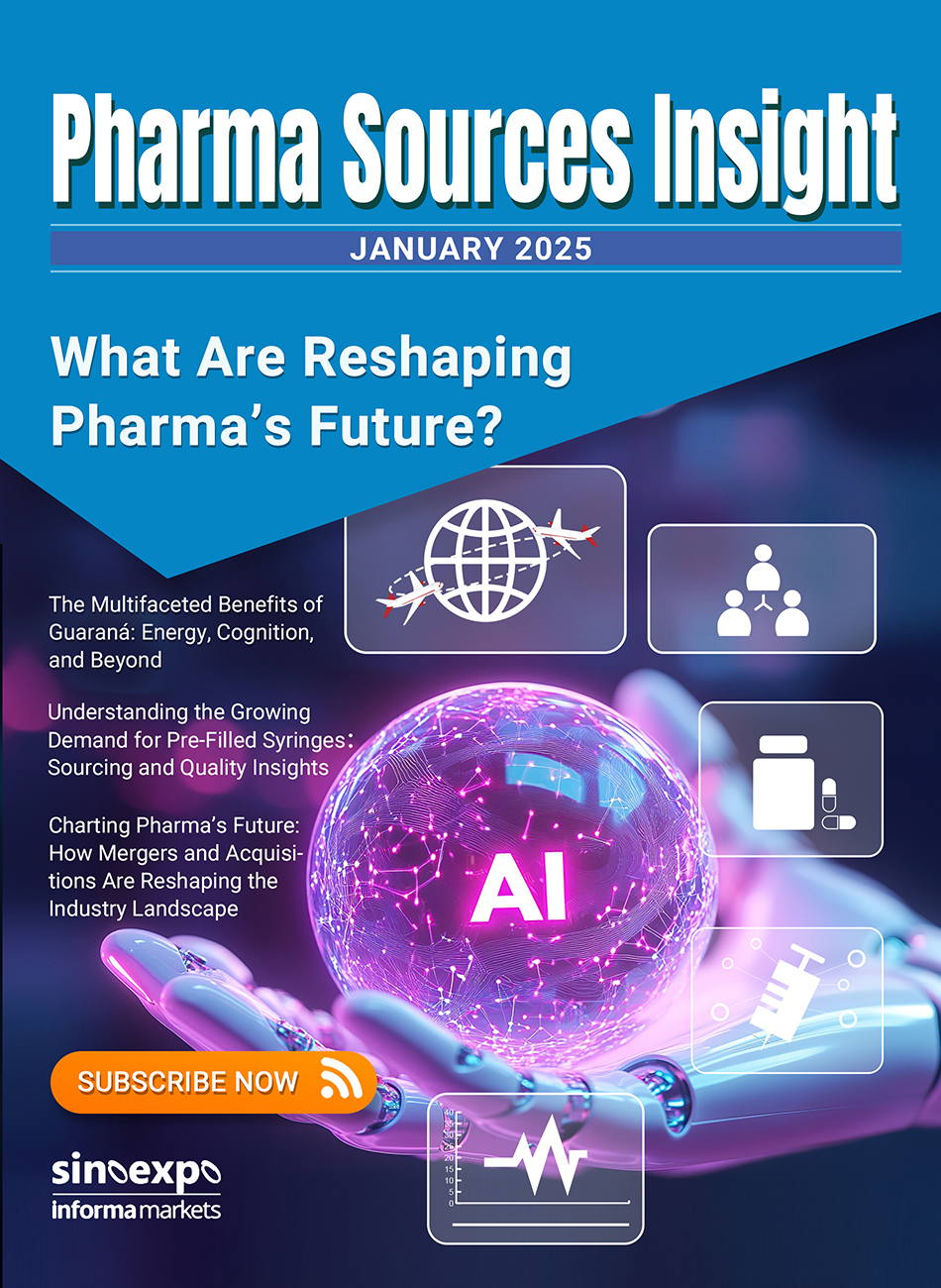
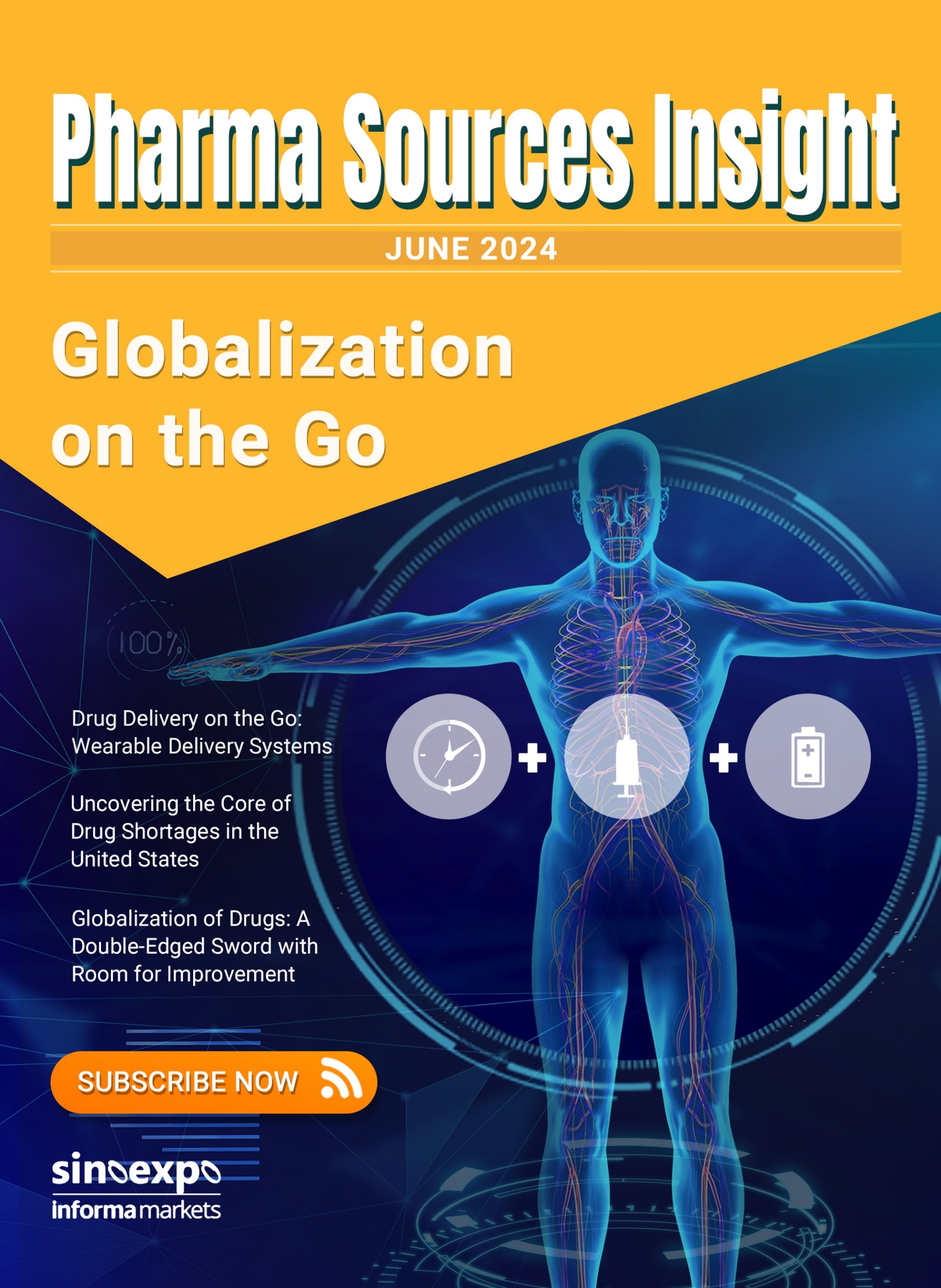
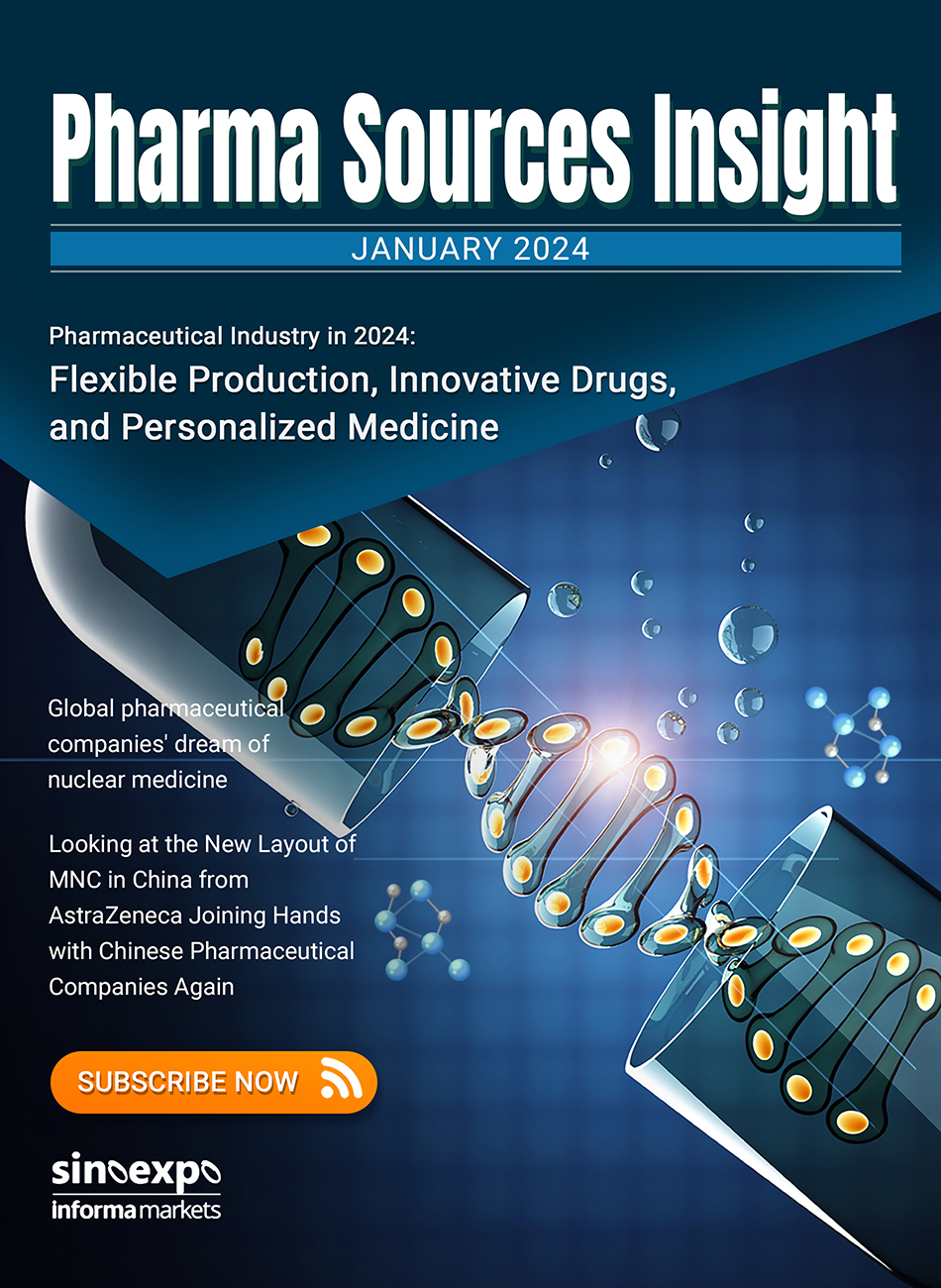
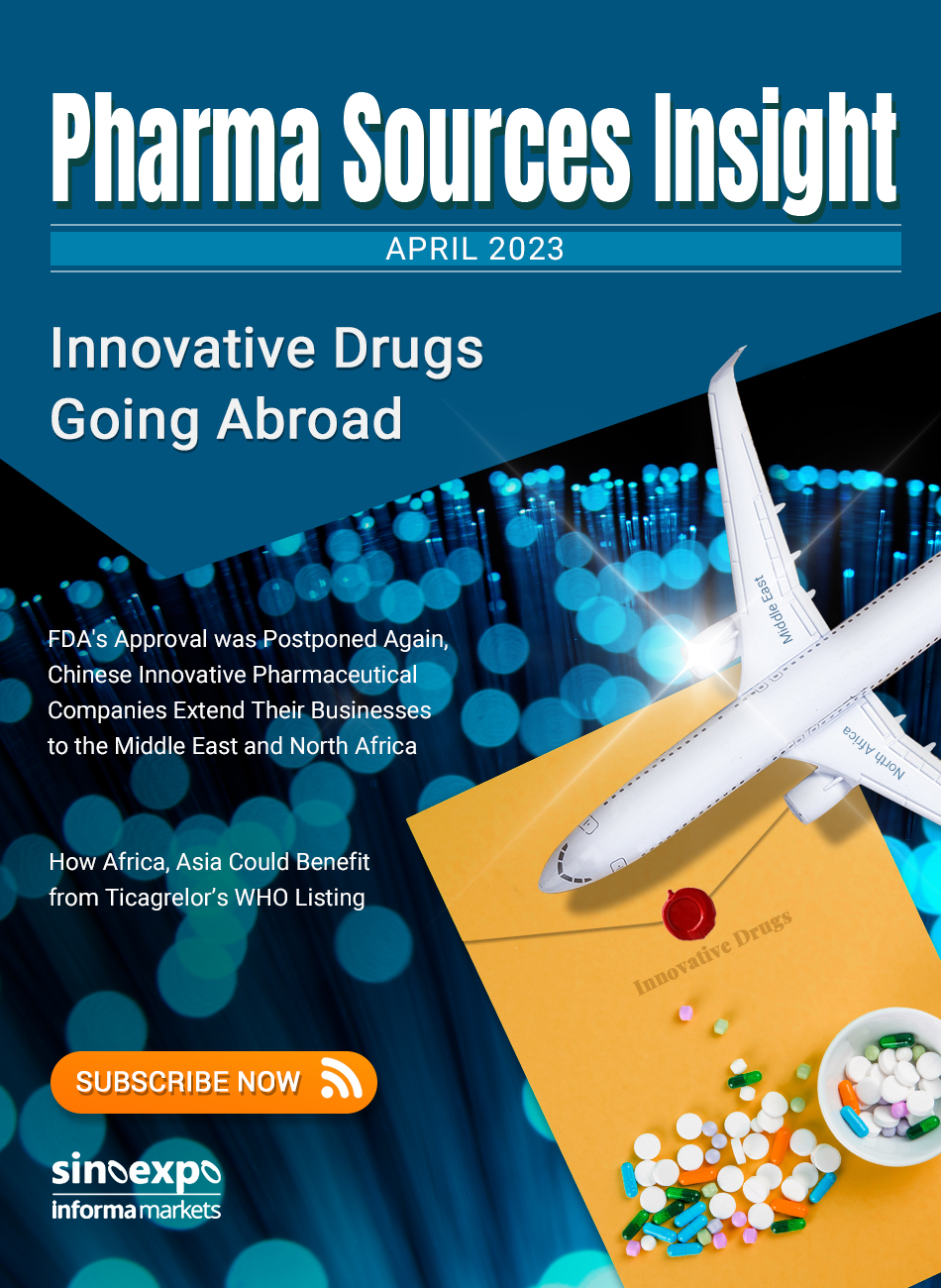
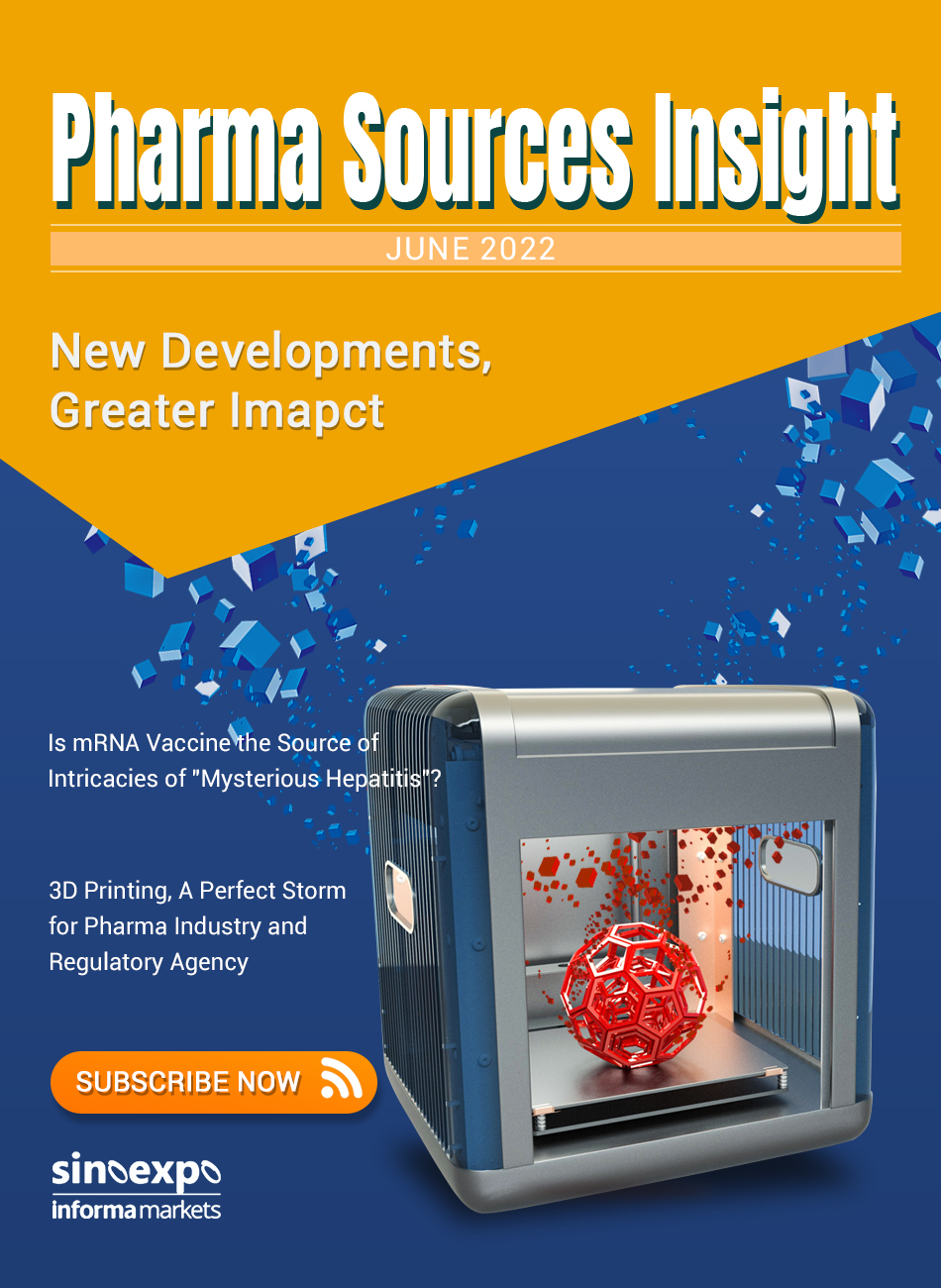

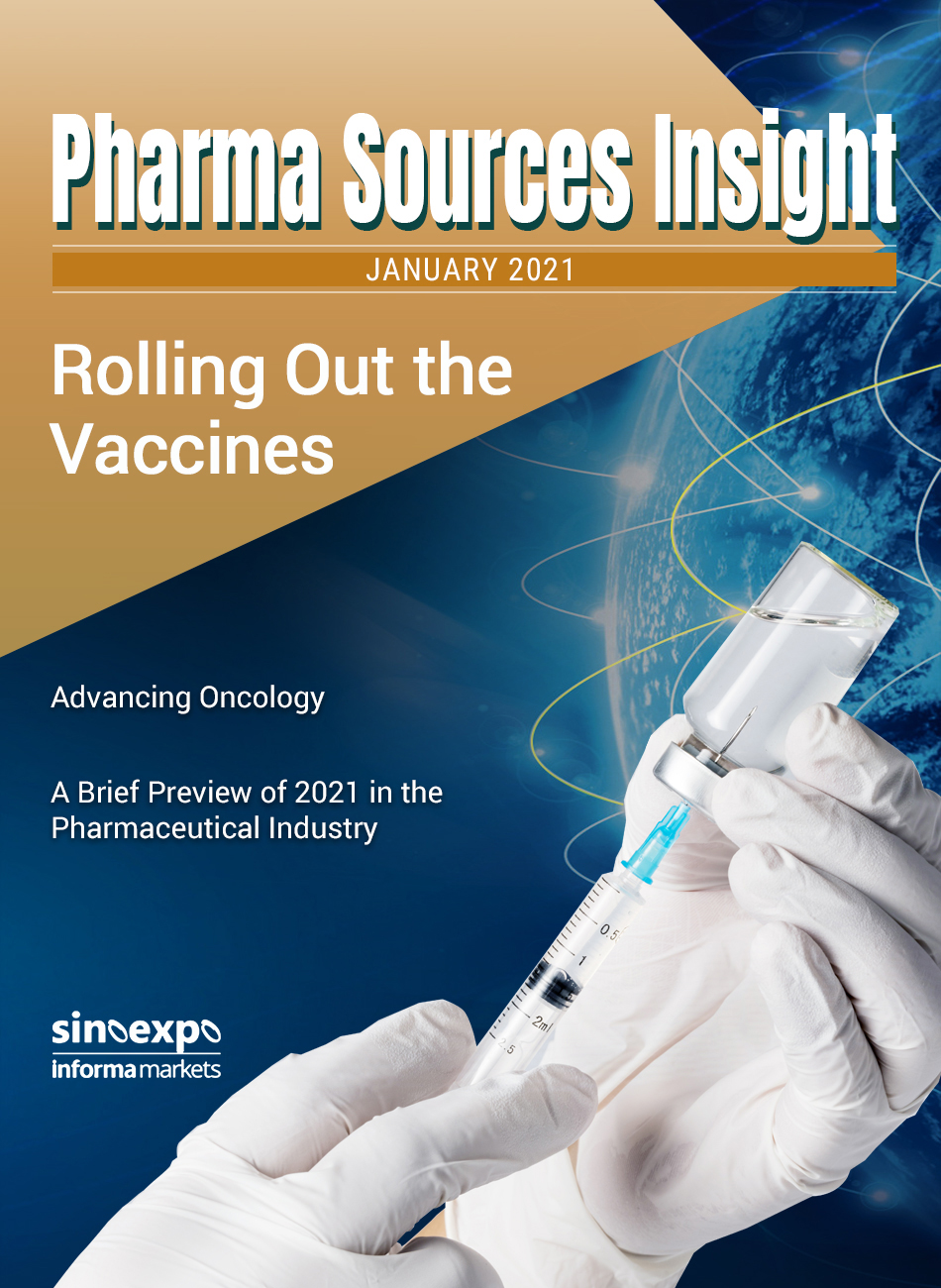
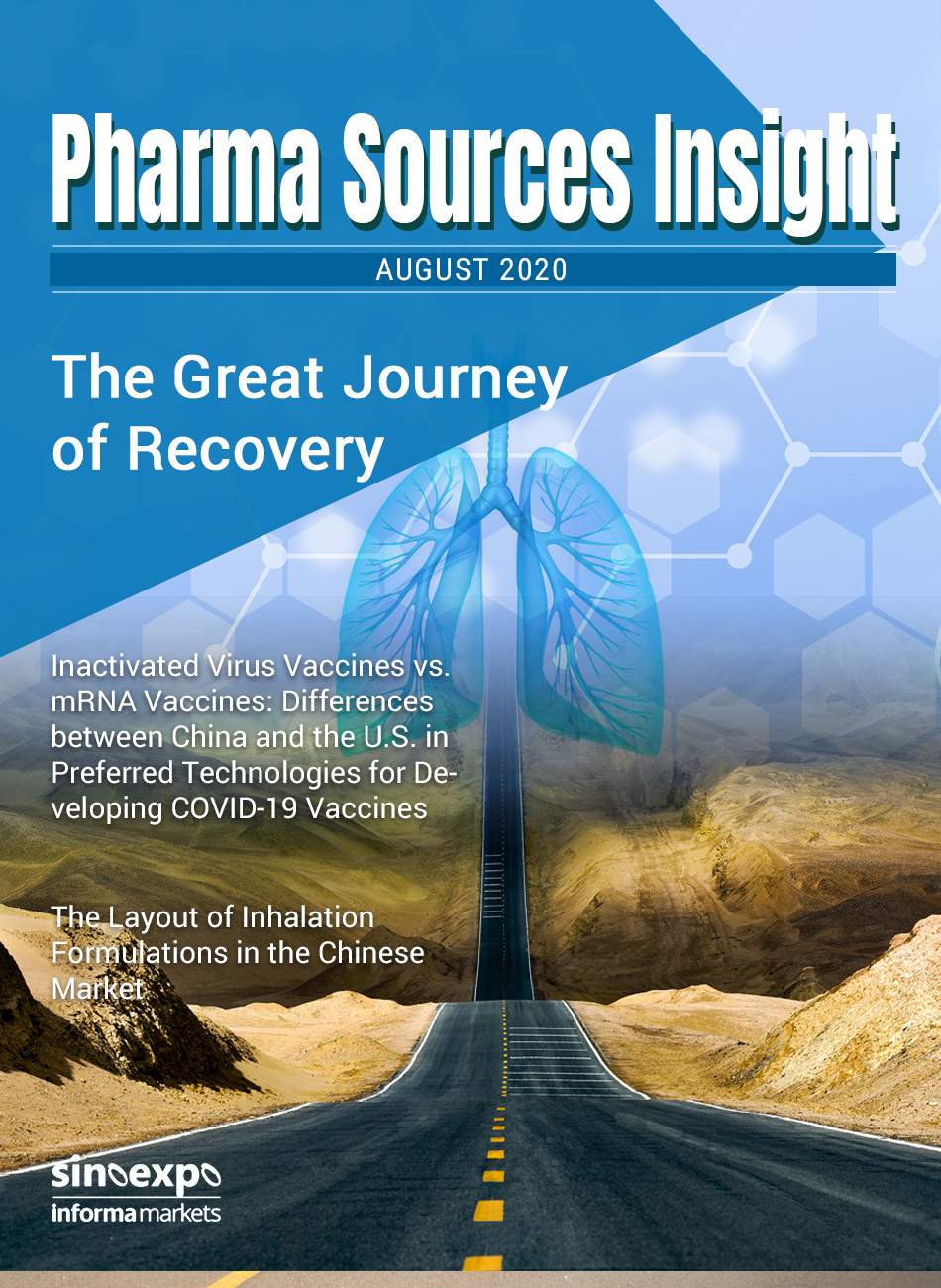
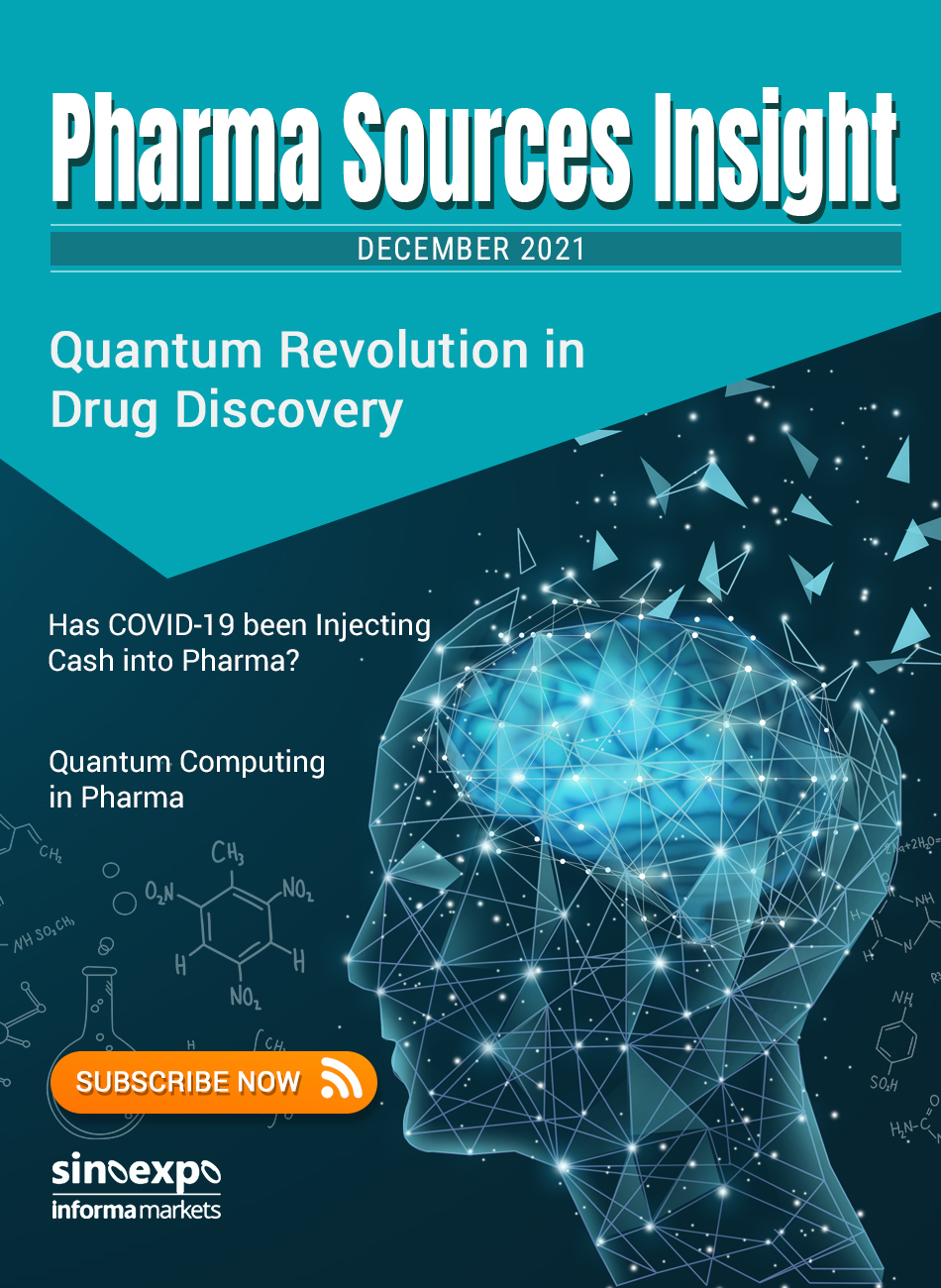
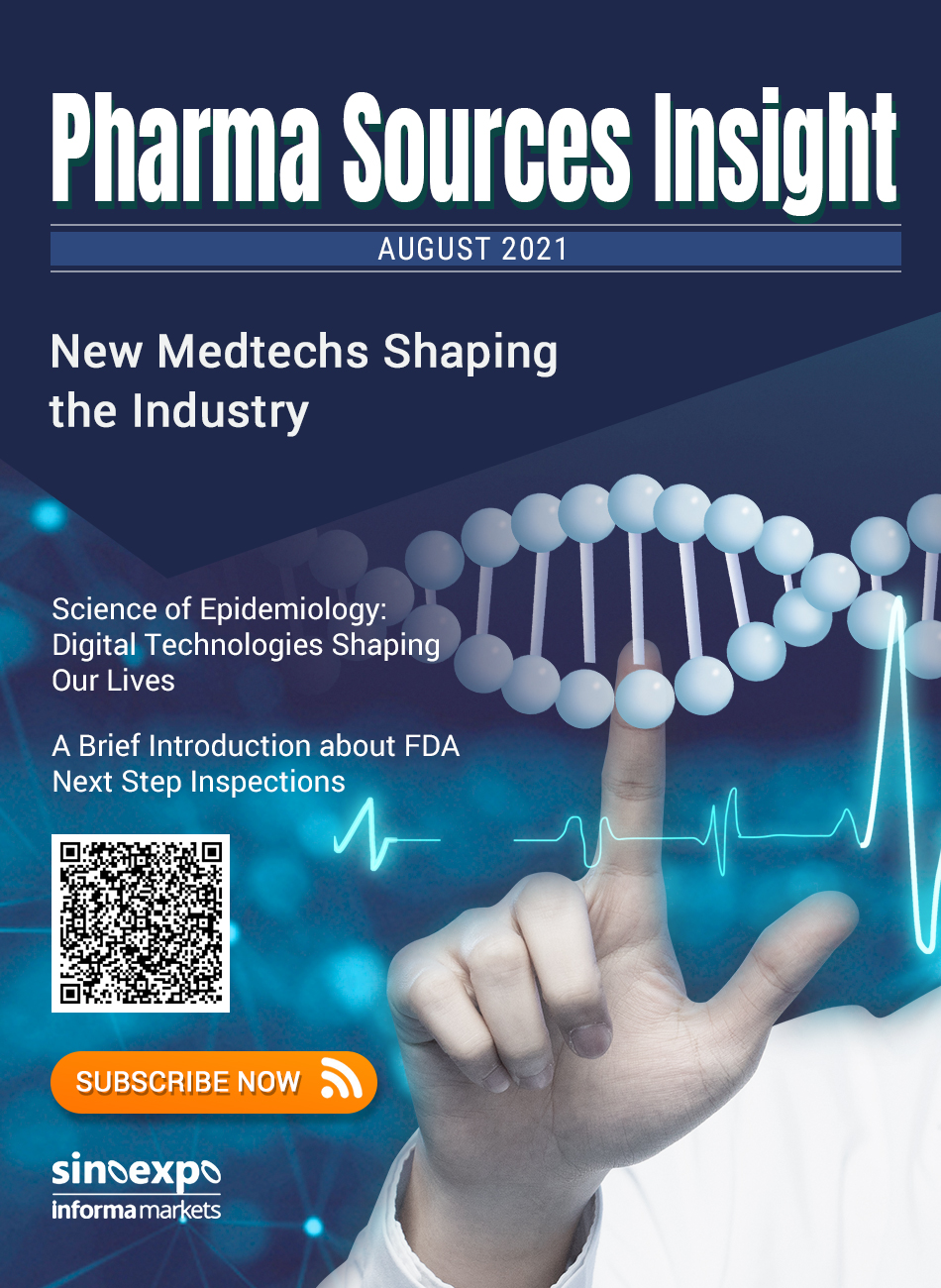
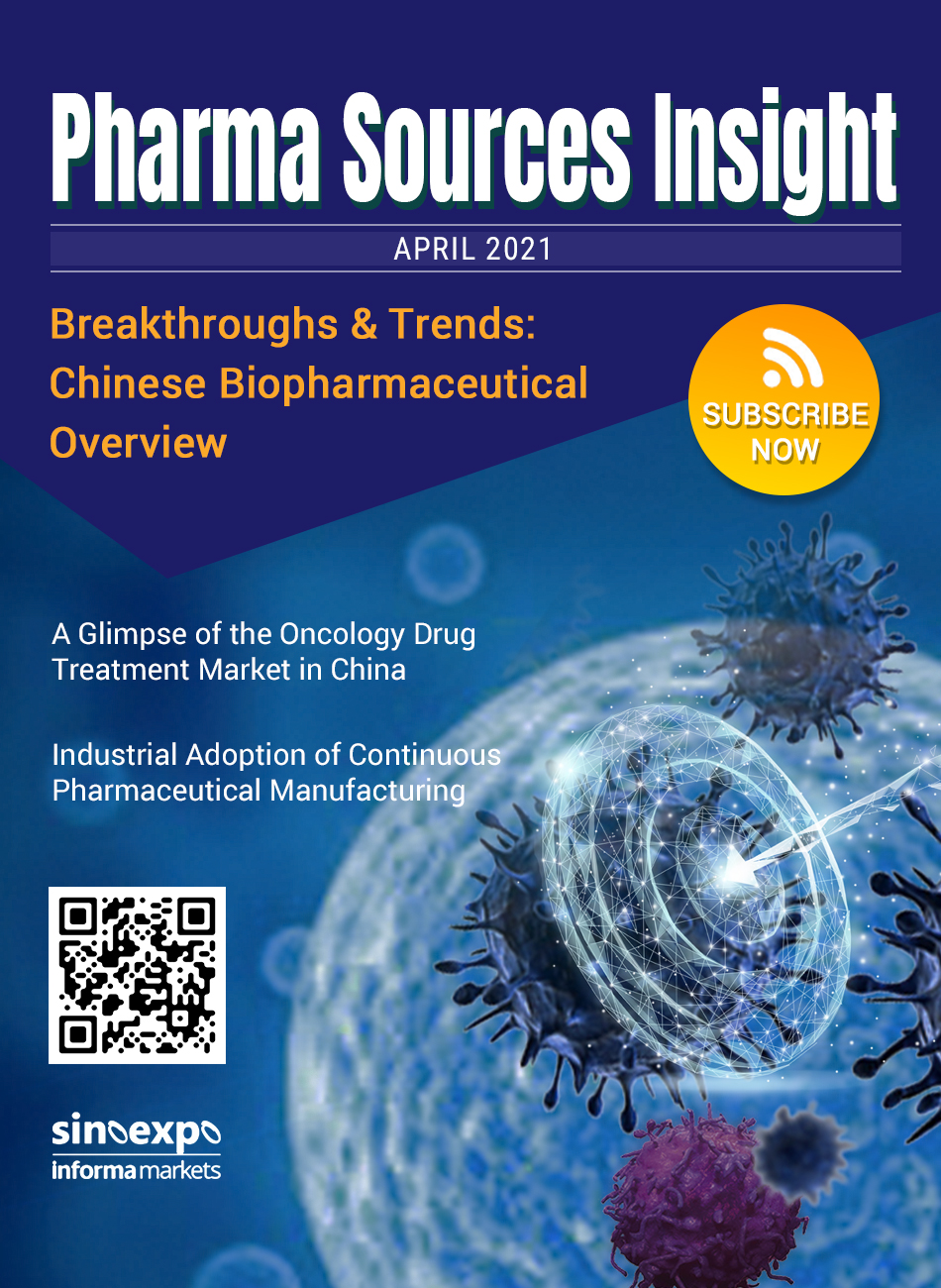

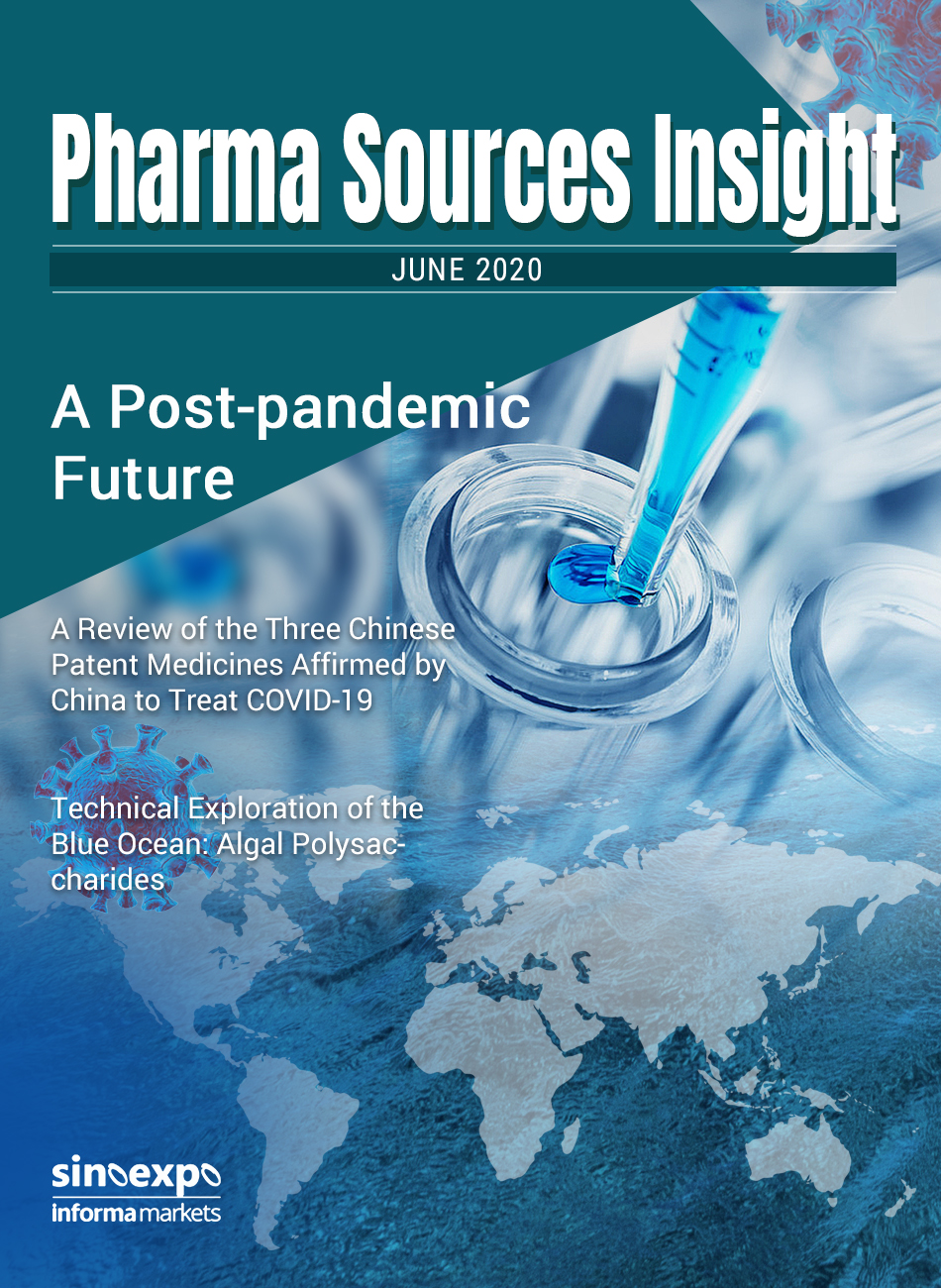













 (All Rights Reserved)
(All Rights Reserved)